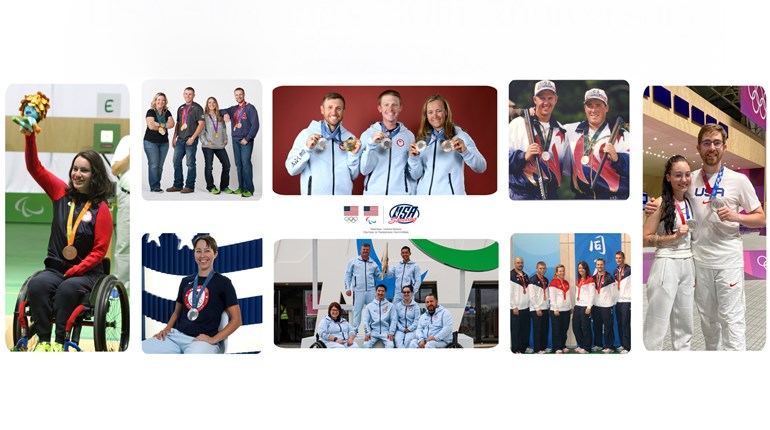
Last year, the NRA introduced a new sport exclusively for the AR-platform: Mid Range Prone Tactical Rifle. Added provisionally to the NRA High Power rules last year, the intention here is to provide civilian, military and law enforcement competitors the opportunity to shoot NRA Mid Range Prone competition alongside competitors participating in other Mid Range disciplines. One thing is for sure—it is not meant as another version of F-Class.
Rifles are configured to replicate the tactical rifles (semi-automatic) and equipment used by the military and law enforcement in Mid Range tactical applications. They may be chambered in any caliber from .223 cal./5.56 mm up to and including .308 cal./7.62 mm. Scopes can be up to 12x, and iron sights are permitted. The courses-of-fire are identical to the ones used for other NRA Mid Range High Power competition at 300, 500 and 600 yards. The targets used are the same as those for Service Rifle, Match Rifle and Palma Rifle Mid Range Prone. Additionally, shooters may use tactical front rests such as Harris-type bipods and limited rear rests—similar to the ones often used in tactical situations faced by the military or police.
James Mauer, one of the newest members of the NRA High Power Rifle Committee, has been competing in the new Mid Range Prone tactical class since it was added to the rulebook last year. He shared the following advice for those curious about the new discipline.
“The NRA Tactical class is a great way for military and law enforcement to enter competitive shooting. By beginning with an AR-15, competitors can start off with a fairly low investment. Mid Range is an intimidating sport that will challenge the best of military and law enforcement. I recommend a National Match AR-15 with a Magpul UBR stock and the best optic you can afford.”
Mid Range Prone Tactical Rifle is a great fit for parents and their kids to go out and compete together with rifles they already have in their closet. Shooting prone from a bipod is an ideal way to get kids started in High Power early. Mauer noted the use of a bipod helped his son (pictured at top) progress quickly.
Mauer added: “I purchased a Rock River National Match rifle for my son for his ninth birthday. At that time, the NRA didn’t have the Mid Range Tactical class. Max began shooting from a bipod that summer with iron sights. By age 11, Max was shooting in NRA High Power matches at 200, 300 and 600 yards. He has competed in the tactical class at a few F-Class state matches. By starting from a bipod, my son has been able to progress rapidly into High Power shooting.”
The specifics can be found in Chapter 23 of the NRA High Power Rifle rulebook.
Find NRA High Power Rifle matches near you by reading Coming Events

































